Basement window replacement requires special attention to waterproofing, egress codes, and proper drainage. The process typically costs $300-$800 per window and involves excavating around the window well, ensuring proper sealing against moisture, and meeting safety requirements for emergency exits if the basement has bedrooms. Many basement windows also require enlarged wells or new drainage systems.
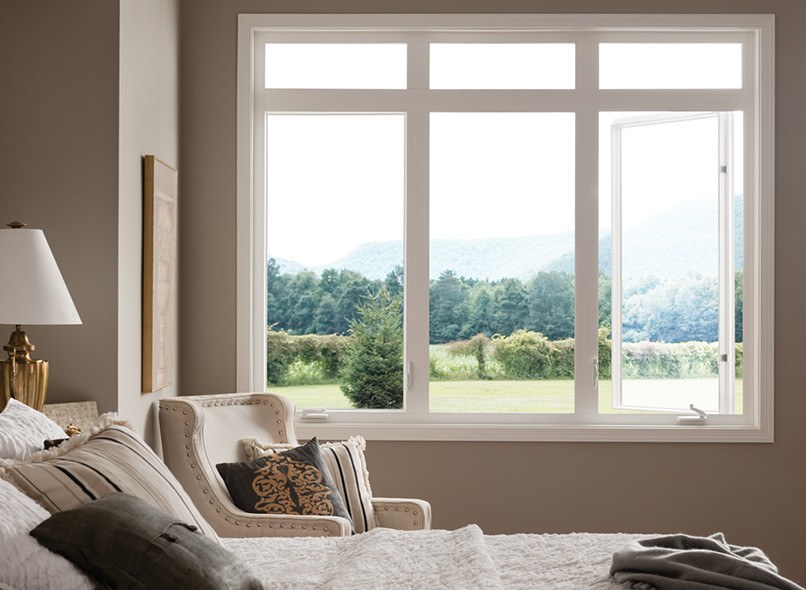
Understanding Basement Window Requirements
Egress Code Requirements
Bedroom egress standards are strictly enforced:
- Minimum opening width: 20 inches
- Minimum opening height: 24 inches
- Minimum net clear opening: 5.7 square feet
- Maximum sill height: 44 inches from floor
Why egress matters:
- Required by law for basement bedrooms
- Essential for emergency escape routes
- Affects home insurance and resale value
- Fire department access requirements
Non-bedroom basement windows have fewer restrictions:
- Primarily focused on light and ventilation
- Smaller sizes often acceptable
- Less stringent installation requirements
- Lower costs for replacement
Common Basement Window Types
Hopper windows (most common):
- Hinge at bottom, open inward
- Good for security and weather protection
- Easy to operate from inside
- Suitable for most basement applications
Sliding windows:
- Horizontal operation
- Good for wider openings
- Easy maintenance and cleaning
- Often used for larger basement rooms
Casement windows:
- Side-hinged, open outward
- Maximum opening for egress
- Better ventilation control
- Higher cost but superior performance
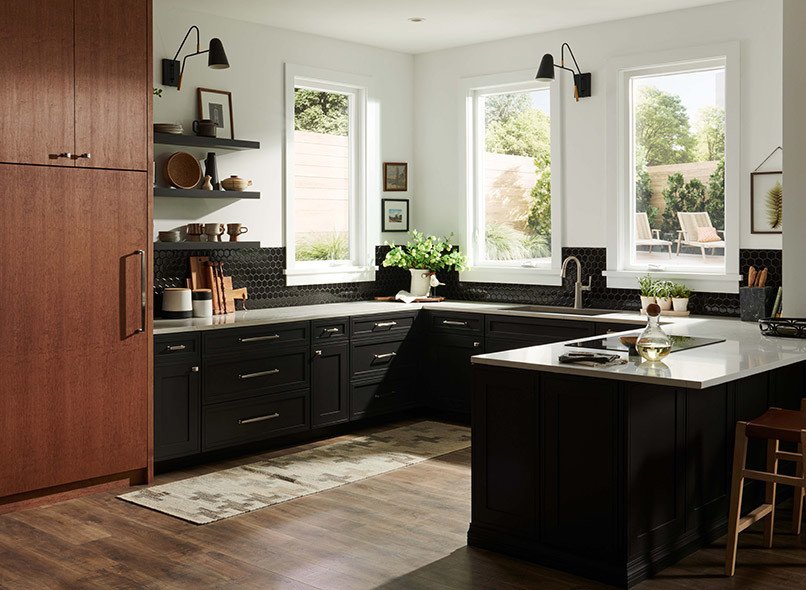
Waterproofing and Moisture Management
Critical Waterproofing Steps
Exterior sealing is essential because:
- Basements are naturally prone to moisture
- Window wells collect water
- Poor sealing causes foundation damage
- Mold and mildew problems develop quickly
Proper installation sequence:
- Remove old window and clean opening
- Apply waterproof membrane around rough opening
- Install window with proper flashing
- Seal all gaps with appropriate caulking
- Apply exterior grade and drainage improvements
Window Well Requirements
Proper drainage prevents water problems:
- Gravel base for drainage: 6-8 inches minimum
- Drain tile connection to foundation drainage
- Proper grading away from window
- Window well covers for weather protection
Window well sizing:
- Width: 8 inches wider than window minimum
- Depth: Extends 8 inches below window sill
- Height: Must accommodate egress requirements
- Materials: Galvanized steel, concrete, or composite
Common drainage problems:
- Clogged drain systems
- Improper grading toward foundation
- Missing or damaged well liners
- Inadequate gravel base depth
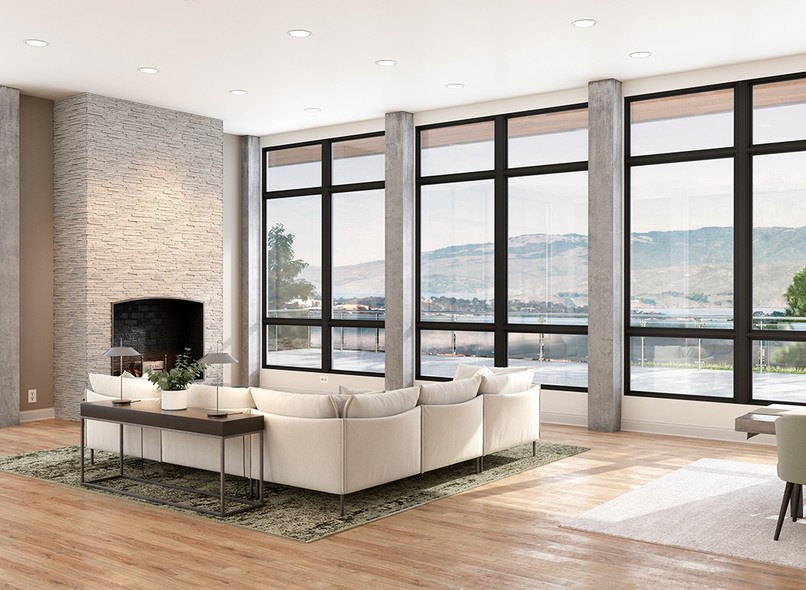
Cost Factors and Pricing
Typical Basement Window Replacement Costs
Standard replacement ($300-$500 per window):
- Same-size window replacement
- Basic vinyl or aluminum frames
- Standard installation with minimal well work
- No egress modifications needed
Egress window installation ($1,000-$2,500 per window):
- Larger window opening required
- Foundation cutting and reinforcement
- New or enlarged window well
- Professional waterproofing systems
Premium installations ($800-$1,200 per window):
- High-performance energy-efficient windows
- Enhanced waterproofing systems
- Custom window well construction
- Professional drainage improvements
Additional Cost Considerations
Excavation and site work:
- Hand digging around foundations: $200-$500
- Machine excavation for large wells: $500-$1,200
- Landscaping restoration: $300-$800
- Concrete cutting for larger openings: $400-$1,000
Drainage improvements:
- New drain tile installation: $300-$700
- French drain systems: $500-$1,500
- Waterproofing membrane application: $200-$500
- Window well covers: $100-$300
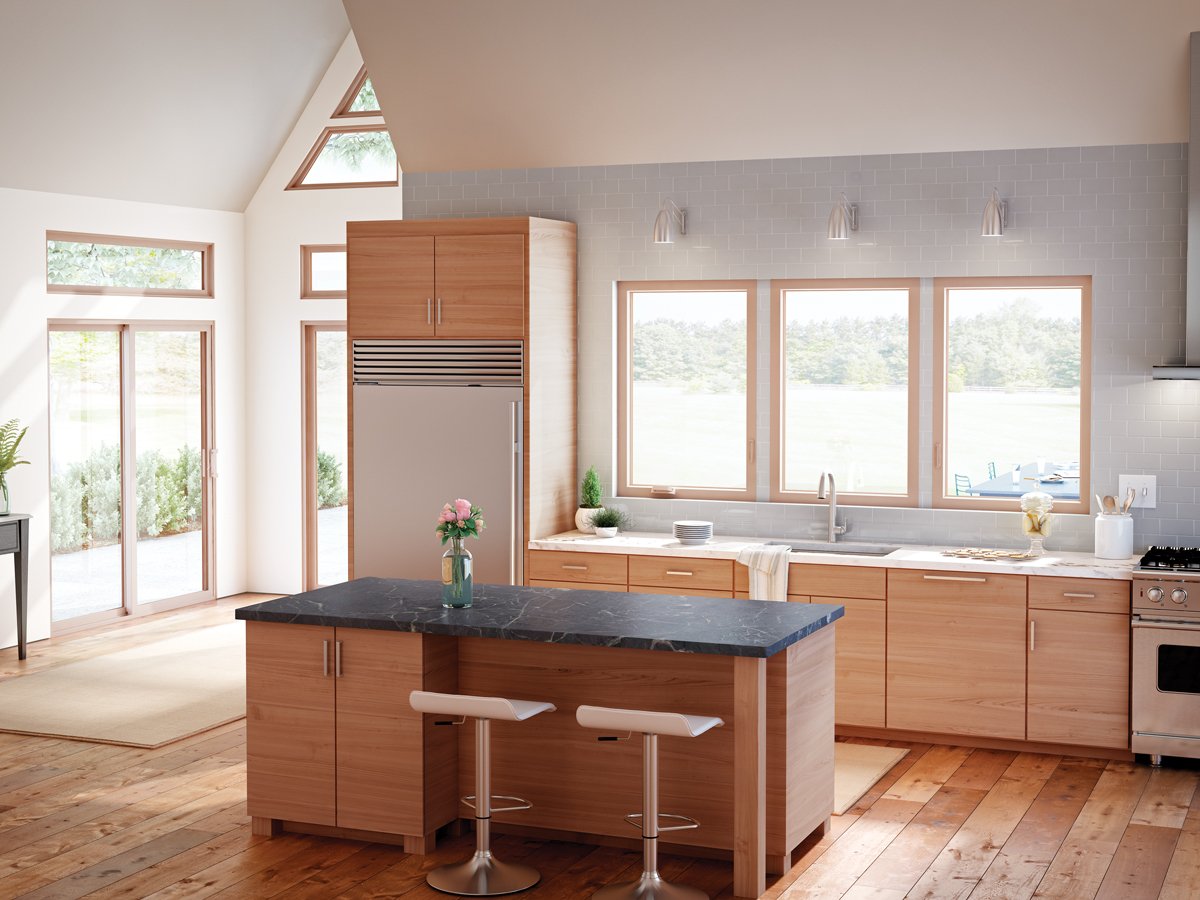
Installation Process and Challenges
Unique Basement Installation Challenges
Limited access space:
- Tight working conditions around foundations
- Equipment limitations in cramped areas
- Coordination with landscaping and utilities
- Weather protection during installation
Structural considerations:
- Foundation integrity during modifications
- Proper header support for larger openings
- Concrete cutting safety and precision
- Integration with existing waterproofing
Step-by-Step Installation Process
Pre-installation preparation:
- Obtain necessary permits
- Mark underground utilities
- Excavate around existing window well
- Assess current drainage and waterproofing
Window removal and preparation:
- Carefully remove old window and frame
- Clean and inspect rough opening
- Make structural modifications if needed
- Install new waterproof membrane and flashing
New window installation:
- Set window with proper shimming and leveling
- Secure with appropriate fasteners
- Install complete weatherproofing system
- Test operation and water resistance
Well and drainage completion:
- Install or repair window well liner
- Add proper drainage gravel base
- Connect to foundation drainage system
- Grade soil away from window
- Install window well cover if desired
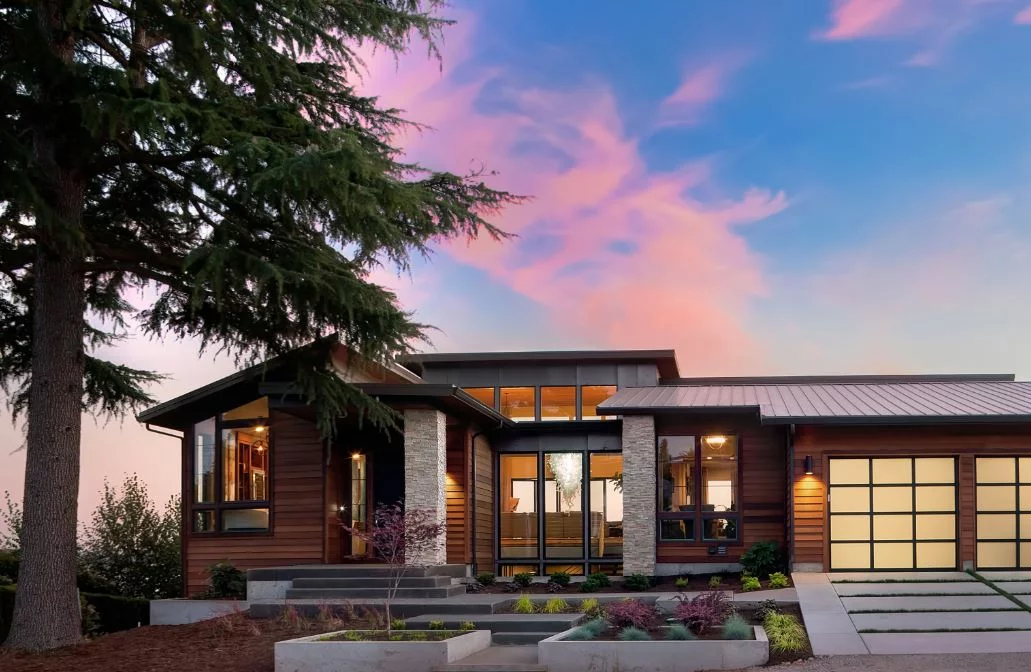
Permits and Code Compliance
When Permits Are Required
Always required for:
- Enlarging existing window openings
- Adding new egress windows
- Structural modifications to foundations
- Electrical work for egress lighting
May be required for:
- Same-size window replacements
- Window well modifications
- Drainage system changes
- Basement bedroom conversions
Code Compliance Essentials
Building code requirements:
- Proper structural support for openings
- Fire-rated materials where required
- Electrical outlet placement for egress areas
- Adequate ceiling height in egress path
Energy code considerations:
- Minimum insulation values for basement windows
- Air sealing requirements
- Moisture barrier specifications
- Ventilation requirements for basement rooms
Inspection Timeline
Typical inspection sequence:
- Pre-installation permit review
- Rough opening inspection (if enlarged)
- Waterproofing and flashing inspection
- Final installation and operation inspection
- Drainage system testing if required
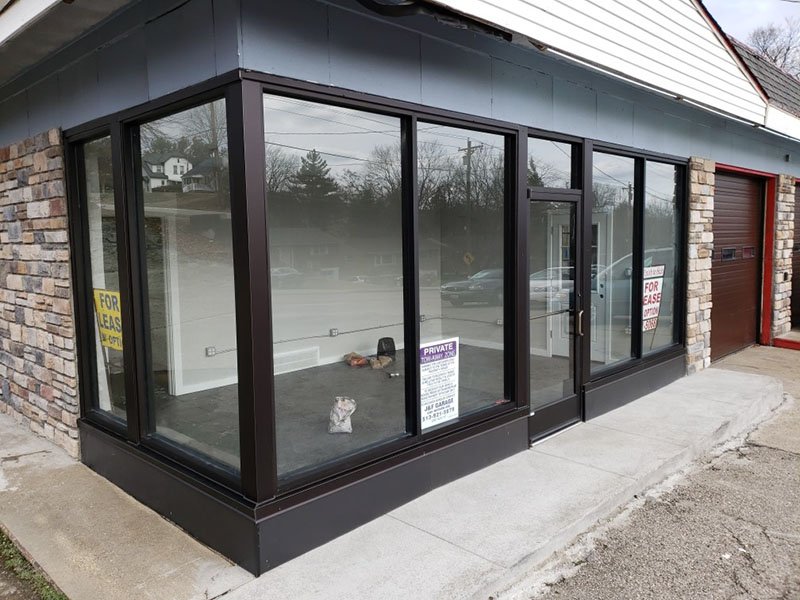
Choosing the Right Basement Windows
Performance Features for Basements
Moisture resistance is critical:
- Fully welded frames prevent water infiltration
- Quality weatherstripping resists humidity
- Low-maintenance materials like vinyl or fiberglass
- Drainage channels in frame design
Energy efficiency considerations:
- Double or triple-pane glass for insulation
- Low-E coatings to reduce heat loss
- Argon gas fill for better thermal performance
- Insulated frames to prevent condensation
Security Features
Basement security concerns:
- Reinforced glass options
- Multiple locking points
- Security bars or grilles (must allow egress)
- Alarm system integration possibilities
Balancing security and egress:
- Quick-release security devices
- Interior-operated security features
- Emergency escape training for family
- Clear egress path maintenance
Ventilation and Light
Natural ventilation benefits:
- Reduces basement humidity and odors
- Improves air quality
- Prevents mold and mildew growth
- Enhances comfort for basement living spaces
Maximizing natural light:
- Larger windows where codes permit
- Light-colored window well liners
- Reflective surfaces to bounce light
- Strategic window placement for best exposure
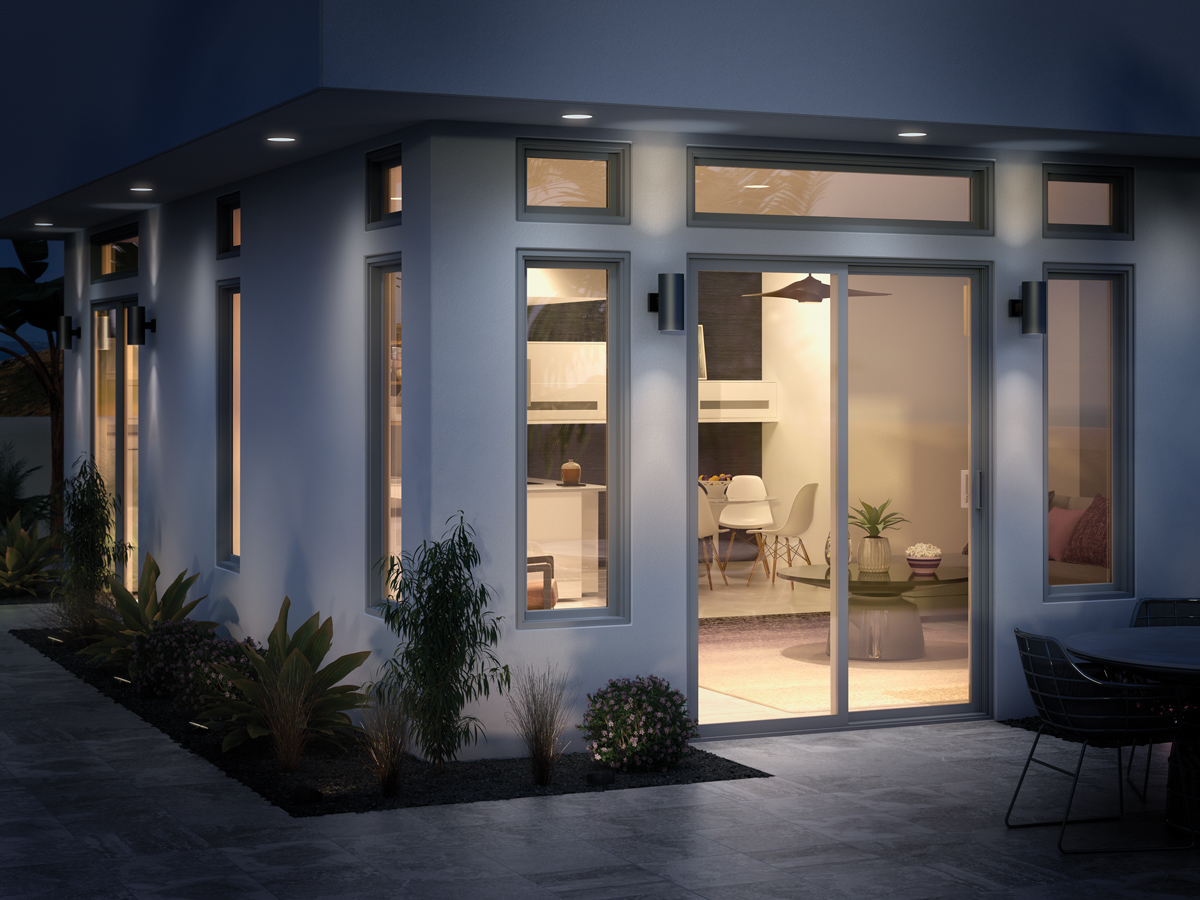
Common Problems and Solutions
Moisture and Water Issues
Condensation problems:
- Install windows with warm-edge spacers
- Ensure proper basement ventilation
- Control indoor humidity levels
- Add insulation around window frames
Water infiltration solutions:
- Repair or replace window well drainage
- Improve exterior grading
- Install window well covers
- Upgrade waterproofing around openings
Operational Problems
Difficult operation in basement conditions:
- Choose windows designed for high-humidity environments
- Regular maintenance and lubrication schedules
- Quality hardware that resists corrosion
- Easy-clean interior surfaces
Access and maintenance challenges:
- Select windows with tilt-in sashes for cleaning
- Ensure adequate clearance for operation
- Plan for seasonal maintenance needs
- Consider professional cleaning services
Professional vs. DIY Installation
When to Hire Professionals
Always use professionals for:
- Egress window installations requiring foundation cutting
- Complex waterproofing and drainage work
- Structural modifications or reinforcement
- Permit applications and inspections
Professional advantages:
- Specialized equipment for basement work
- Experience with waterproofing systems
- Knowledge of local codes and requirements
- Warranty coverage for installation work
DIY Considerations
Suitable for DIY (experienced homeowners only):
- Same-size window replacements
- Basic window well maintenance
- Simple drainage improvements
- Interior finishing work
DIY challenges:
- Limited working space
- Waterproofing expertise required
- Potential for costly mistakes
- Code compliance knowledge needed
The Bottom Line
Basement window replacement requires careful attention to waterproofing, drainage, and safety codes. While costs range from $300 for basic replacements to $2,500 for egress installations, proper installation prevents expensive water damage and ensures code compliance.
Success depends on understanding egress requirements, implementing effective waterproofing, and ensuring proper drainage. The unique challenges of basement installations make professional installation worthwhile for most homeowners, especially when structural modifications are required.
Plan for higher costs than standard window replacements due to specialized requirements, but remember that properly installed basement windows enhance safety, comfort, and home value while preventing costly moisture problems.
At Utah Window Experts, we specialize in basement window installations that meet all egress and waterproofing requirements. Our experienced team handles permits, drainage systems, and code compliance to ensure your basement windows provide safety, comfort, and long-term performance.